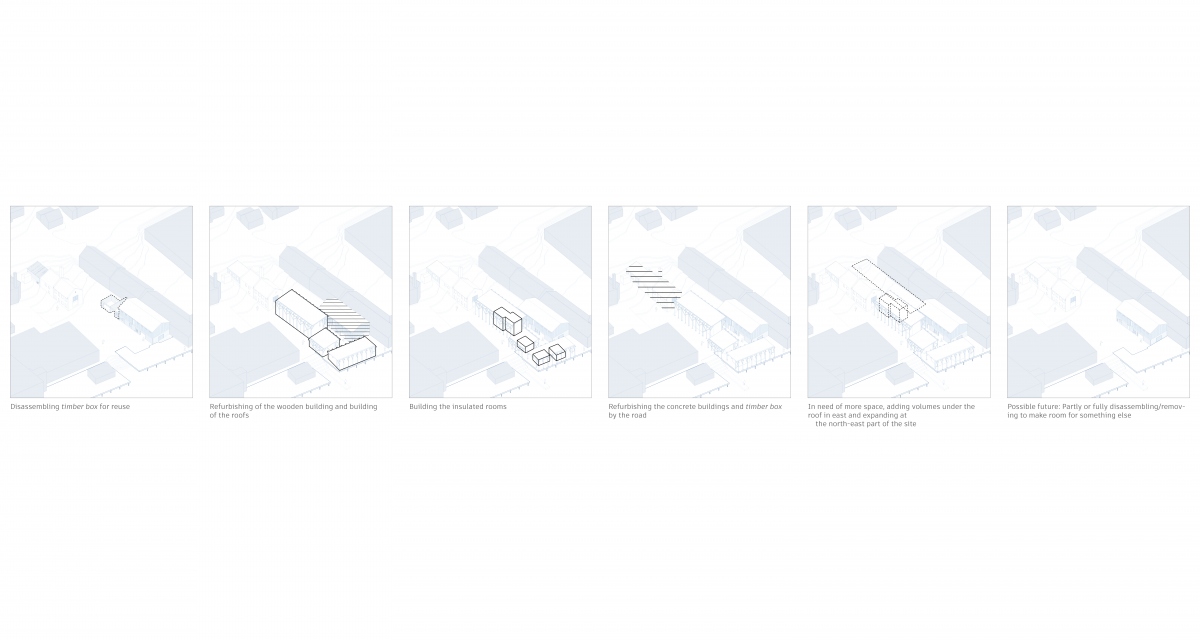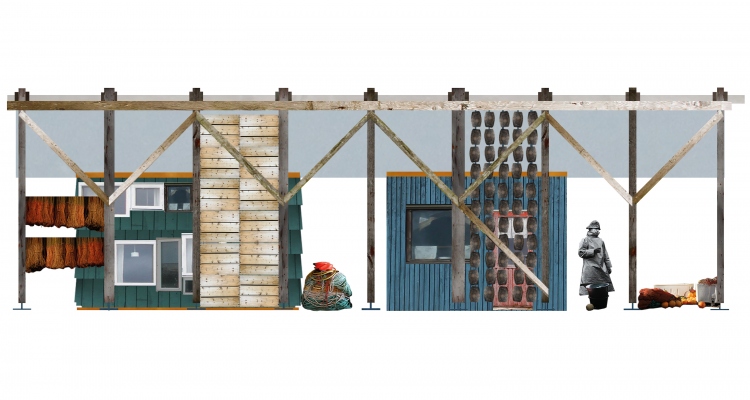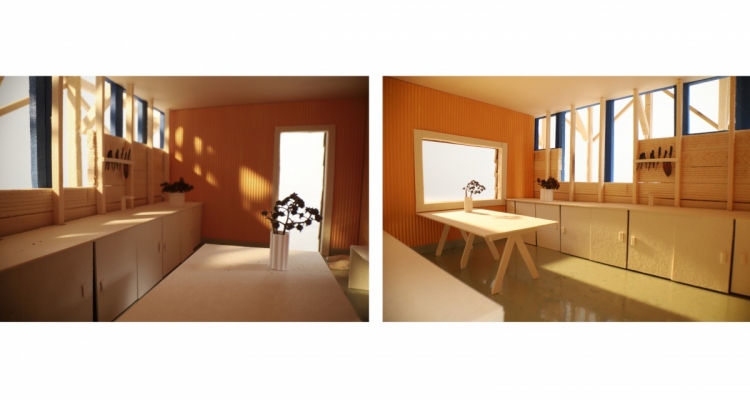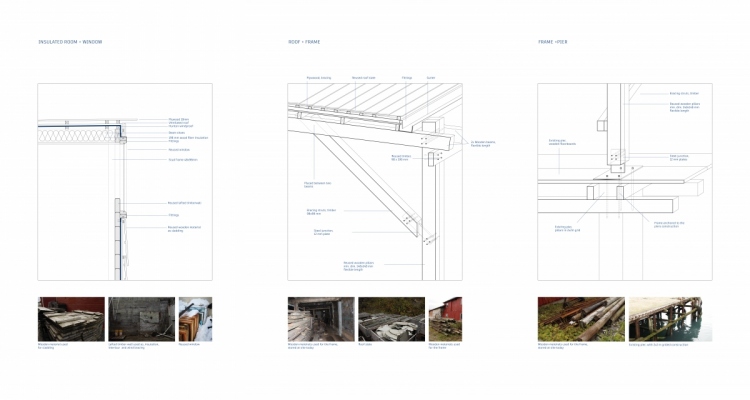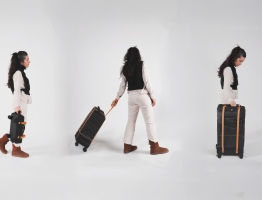Diploma project
Spring 2022
Institute of Architecture
The diploma investigates the relevance indigenous cultures have for sustainable design today, selecting the Sámi as it is an indigenous people in Norway. Choosing three values from my study of Sámi architecture, I developed a method of using these as guidelines for a design process. My case study is a fishing industry site in Vardø, working on both a strategy for the site and the design of Egnebu (fisher’s sheds).
Does Sámi architecture contain values that are relevant and can aid sustainable design in Norway today?
Does Sámi architecture contain values that are relevant and can aid sustainable design in Norway today?
The three values, ORGANIC LANDSCAPE – functionally adapted, REUSE – humble efficiency and IMPROVISATION – self-made solutions create a base for making decisions where both cultural and environmental factors are considered.
The project reintroduces a former public path between the water and the main road called allmenning, refurbish/rebuilds the buildings on site and gives them new program and add new structures on the open area mainly using materials found on site and around Vardø. Focusing on the last part, designing of new structures.
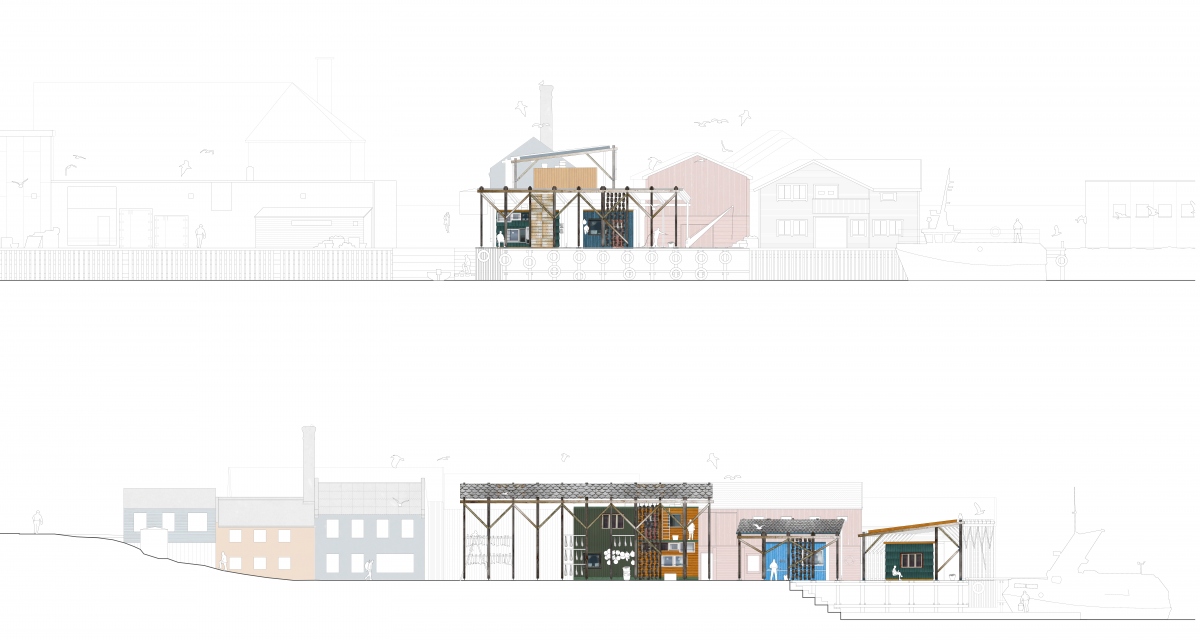
The new structures consist of outer roofs, made of frames, and insulated volumes underneath. The frames are made of reused materials, with joints allowing for different dimensions. The structure is depending on the foundation of the pier at site. Standing freely underneath, the insulated rooms are constructed with stud frame and reused lafted timber walls. Between the frames and under the roof, the project facilitates for different types of infill and improvised solutions.
As Samí settlement extends outside the four walls of a house, and the program often varies from the most private shed, to the more public smoke lavvu (tent), my program is divided into tree users, the fisher, the fisher community and the inhabitants of Vardø. It’s also divided into three types of activities moving from execution by the harbour front to prepare and produce by the road. The users take part across these categories.
